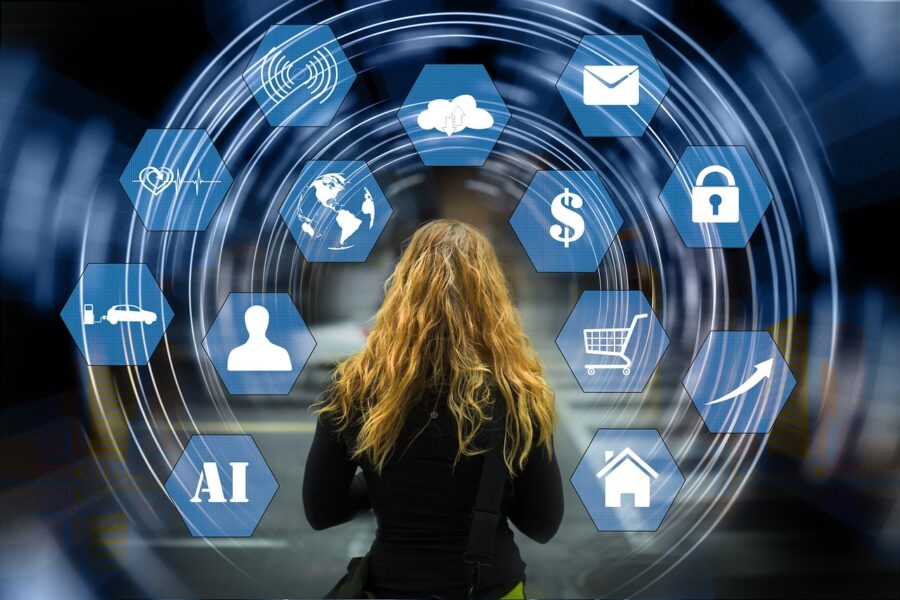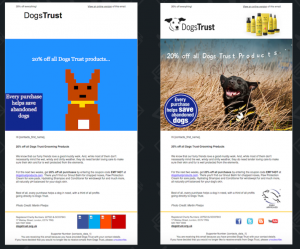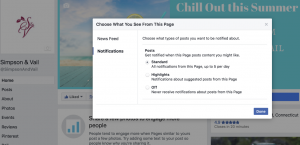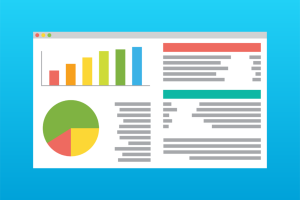
geralt / Pixabay
We’ve all seen AI-based product recommendations in action. Amazon, an eCommerce giant that started out selling cheap books now runs on AI-powered systems that recommend products to customers.
Known as recommendation engines, these prove very effective ways to generate more revenue without the need to keep increasing customer numbers and market share.
E-commerce marketers are continuously trying to solve other problems, such as reducing cart abandonment and making shopping online as positive as a brick and mortar retail experience. With recommendation engines, the online retail experience can be personalized, and customers are often happy to spend more.
What are recommendation engines?
AI-powered recommendation engines can be used in a number of ways. And there are a number of options on the market, either in the form of off-the-shelf solutions, or having a new system custom-made. It depends on your brand, customers, and how you want to use personalization to improve the customer experience (CX).
Generally speaking, there are two types of results from recommendation engines: personalized and non-personalized.
Whether you go down the personalized or non-personalized route depends on the number of products on sale, customers, and how many years they have been customers. Small and even mid-sized online retailers (or retailers with an online brand, alongside stores) may not have enough data to start generating highly personalized recommendations.
Highly-personalized retail recommendations rely on a large volume of data. It’s data-driven, so as more data goes in, it becomes more capable of generating the most relevant recommendations to customers based on purchase history, average spend, and a wide range of informative inputs.
Whereas, non-personalized recommendations aren’t based on a customer’s purchase history. Although that might not sound as useful, this does give retailers the chance to suggest products based on seasonality, sales and promotional cycles, and other marketing activities. Retailers can do this in the settings of more personalized systems.
However, there is a risk that this can reduce the impact of the recommendations, as online shoppers don’t want to be shown too many things they could buy, as it increases the risk they might abandon the attempt altogether. In order to decide how to implement an AI-powered recommendation engine, retailers also need to think about the ways in which they can use one to increase revenues and profitability.
How to use recommendation engines?
Whether you have a personalized or non-personalized recommendation engine or a customized one that can do both, there are a number of ways these can be used effectively:
- Recommending products before or after the check-out. In this case, products are either suggested when a customer clicks on other products. Someone puts shoes in a basket, and so an AI-powered engine might suggest a coat or pair of jeans that go well with them, for example. This could either happen before a customer goes through checkout – especially if they’re close to receiving free shipping – or afterward.
- Loyalty discounts. Another way this could be useful is after a customer goes through checkout. A recommendation engine could send off an email, with a discount code, after basket spend reaches a minimum amount (e.g. $ 100), and at the same time suggest other products that either go with the ones a customer has purchased, or are on sale for a limited period.
- Recommendations – and therefore loyalty discounts – for taking positive actions. Customers often, on their own initiative, talk about products and recent purchases or suggest others shop at the same places they do, on social media. What if you could invective these actions? Give customers a reward, such as a recommended product they might be interested in – either based on seasonal promotions or purchase history.
In almost every case above, a recommendation engine has a role to play on a website (before or after checkout, and even within the checkout process), and in email marketing efforts. Despite high levels of engagement on social media, particularly Instagram, email is still the most effective channel for increasing average customer spend for eCommerce brands.
Recommendation engines can also connect with advertising systems and initiate automated re-targeting advert campaigns for customers who’ve bought specific products and might therefore be interested in buying other similar items. Whichever way a brand makes use of this sort of technology, the impact is always positive.
Digital & Social Articles on Business 2 Community
(22)






